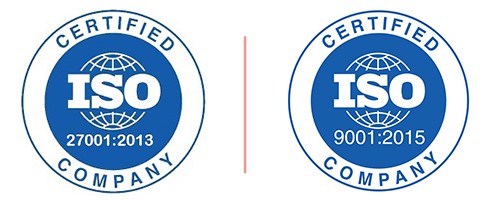- +81-5050505761
- [email protected]
The global nuclear power plant and equipment market size was US$ 81.34 billion in 2021. The global nuclear power plant and equipment market size is forecast to reach US$ 191.81 billion by 2030, growing at a compound annual growth rate (CAGR) of 10% during the forecast period from 2022 to 2030.
Nuclear power comes from the energy released by a fission reaction. The technology used was developed during World War II. Nuclear fission is a nuclear power plant that combines fission and fusion in a controlled environment, generating large amounts of heat. The heat exchanger used to produce electricity then converts this heat into steam. There are different types of reactors used in nuclear power plants.
Factors Influencing Market Growth
Impact Analysis of COVID-19
The nuclear power market saw a slight spike with the commissioning of nuclear reactors in the United Arab Emirates and Belarus following the COVID-19 pandemic. There were repercussions from the lockdowns imposed on multiple construction sites, such as those in Bangladesh and the United States. As a result of the delays in the work, the project's cost increased. Meanwhile, due to the reduced consumption of electricity, several plants were forced to stop temporarily during the pandemic, which impacted the market for nuclear power plant equipment to a certain degree.
Regional Insights
The Asia Pacific region held dominant in the nuclear power plant and equipment market and is forecast to remain dominant throughout the forecast period. The region is one of the largest worldwide when it comes to electricity generation capacity and specifically nuclear power. Asia-Pacific's power shortages and widespread air pollution issues have encouraged governments to look for new energy sources such as nuclear power. China and India are the leading countries contributing to the growth of the nuclear power plant and equipment market in Asia-Pacific. Indonesia also has more nuclear technology experience and infrastructure than any other country in Southeast Asia. Therefore, Asia-Pacific is forecast to drive the nuclear power plant equipment market during the forecast period.
Leading Competitors
The leading prominent companies profiled in the global nuclear power plant and equipment market are:
Scope of the Report
The global nuclear power plant and equipment market segmentation focus on Reactor Type, Equipment, and Region.
Segmentation based on Reactor Type
Segmentation based on Equipment
Segmentation based on Region
01
お客様のニーズに合わせてレポートをカスタマイズ可能
02
ベテランの市場調査員による専門的な分析
03
安全で簡単に利用できるオンライン決済方法
04
お客様のご要望に応じて、特定の章を購入することができます。
05
すべてのレポートに専門的な日本語翻訳を提供
06
包括的でわかりやすいレポートを迅速にお届けします。
07
購入後も継続的なサポートとアップデートが受けられます。

We Accept

Copyright ©2022 All rights reserved